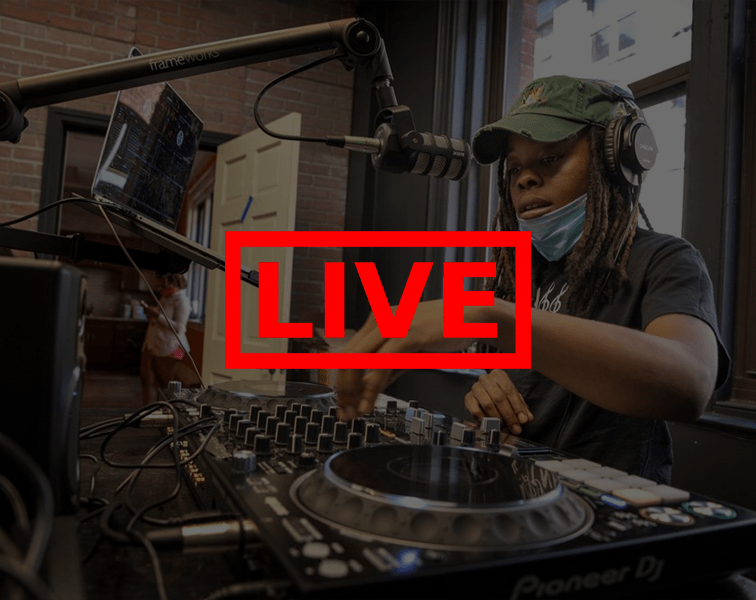Music Promotion is impossible without these three components: PR, Marketing, and Advertising.
Yet, many do not know the difference between them.
Describing the differences between PR, Marketing, and Advertising is fairly easy from a technical point of view. Yet, when it comes to articulating how each contributes to a business’ success, things can get blurry.
In this article, MusicPromoToday distinguished several criteria to highlight the differences between PR, marketing, and advertising as clearly as possible. To get started, let’s first define each of them precisely.
Public Relations
Public relations is the practice of deliberately managing the release and spread of information between an individual or an organization and the public. It is all about the art of persuasion. After a few thousand submissions, the Public Relations Society of America PRSA defined PR this way: “Public relations is a strategic communication process that builds mutually beneficial relationships between organizations and their publics.” To learn more about PR you can check one of our most recent articles 7 Misconceptions About Music Publicity and Publicists: Top Music PR Tips.
Marketing
Marketing is about profitably using the results of studying the short and long term needs of those who can pay for a one-time, or in most cases, a steady flow of service or product placement. Marketing Campaigns usually include PR and Advertising, as they all serve the same final goal. So having difficulties to properly differentiate these 3 is normal. However, understanding the nuances of each can and will be extremely helpful in getting familiar with the latest trends. To form a general understanding of Music marketing trends, you can check out TOP 5 Music Marketing Trends in 2020 You Shouldn’t Miss and 15 Great Music Marketing Tips for 2020 before diving deeper into this article.
Advertising
And finally, advertising is communication that employs an openly sponsored, non-personal message to promote or sell a product, service, or idea. The most common type of advertisement in the music industry is digital advertising, with a strong emphasis on social networks. Unlike PR and marketing, advertising depends mainly on money. So, learning to find the perfect balance between the money you can spend and the goal you want to reach is the base of a good advertising campaign. No Cash, No Prob: How to Utilize a 100$ Facebook Ad Budget to Maximize Results will give you a general understanding of how paid social network ads work.
You can also find useful content from Hypeddit and ToneDen on different types of music promotion and even start promoting your music fast and easy with the tools they provide. Give them a shot if you want to enter the game.
Back to the reason you clicked on this article, what makes PR different from marketing and advertising in the music industry?
The main difference is in the tactics they use, the audiences they target, and the goals they follow. In this article, we’ll concentrate on these keypoints. Other factors, such as message legitimacy, business ROI, and longevity, also play roles in making PR different from marketing and advertising, but they are secondary and, in most cases, are included in the categories above.
So, tactics, audiences, and goals.
Let’s break them down one by one!
Tactics
Marketing seeks to return direct sales from streams, albums, tours, etc. It usually covers promotional aspects of a specific product or service within a specific time frame. They make the higher idea of the Marketing Strategy achievable. On the other hand, with advertising, there are always short term goals in sight. It is usually about pushing a new product/service and promoting special deals to boost sales. PR always looks to the bigger picture. It aims to build a sustainable and dedicated fan base for the artists. In other words, PR is all about reputation management through positive media coverage generation and effective stakeholder communication.
Target Audience
The mission of marketing, in regards to the audience, is to reach current and potential customers. So marketers do not need to create communication as it already exists. They only have to use it. Advertising does the same with an increased focus on potential customers. PR professionals go for the wider net. They target audiences both internally and externally, including investors, shareholders, customers, media, influencers, legislators, employees, and many more. PR’s communication with the audience is about maintaining a positive relationship with anyone interested in the artist or their music.
Goals
When defining music marketing goals, it is easy to get confused with general statements such as music marketing is the process of raising awareness for your music. Advertising and PR have the same goal too. So, where is the hidden difference, if any? There is a difference, and a huge one since general descriptions have nothing to do with reality.
You can find detailed information on music promotion nuances with specific examples in Snapchat & Spotify Integration — Music Marketing Opportunities For Artists.
In the music industry, like in any other industry, the final goal of the marketing team is to push the audience to complete sales-focused actions. This can mean buying tickets, paid subscriptions, paying for tracks, albums, meet and greets, and so much more.
Digital marketing has its own unique tips and tricks and what a better place to see them applied than at the Super Bowl. Here you can find our Marketing Lessons Learned From Super Bowl 2020.
Advertisements, on the other hand, focuses on specific, smaller target markets. They aim to promote a certain event associated with the artist, a music video, or an album. Advertisement is about promoting a music product or service. In comparison, PR sells the artist or the band as a brand. So, when marketing activities and ads try to achieve direct revenue, the aim behind every PR campaign is to drive a positive reputation for the artist/band.
All three; PR, advertising, and marketing help build brands out of artists/bands and communicate with target audiences. The most basic difference between PR and the other two is that it does not pay for space, and is rather earned by communicating through channels such as press releases and pitches.
To get the publicity you need, just let MusicPromoToday take full care of your PR, marketing, and advertising game.



